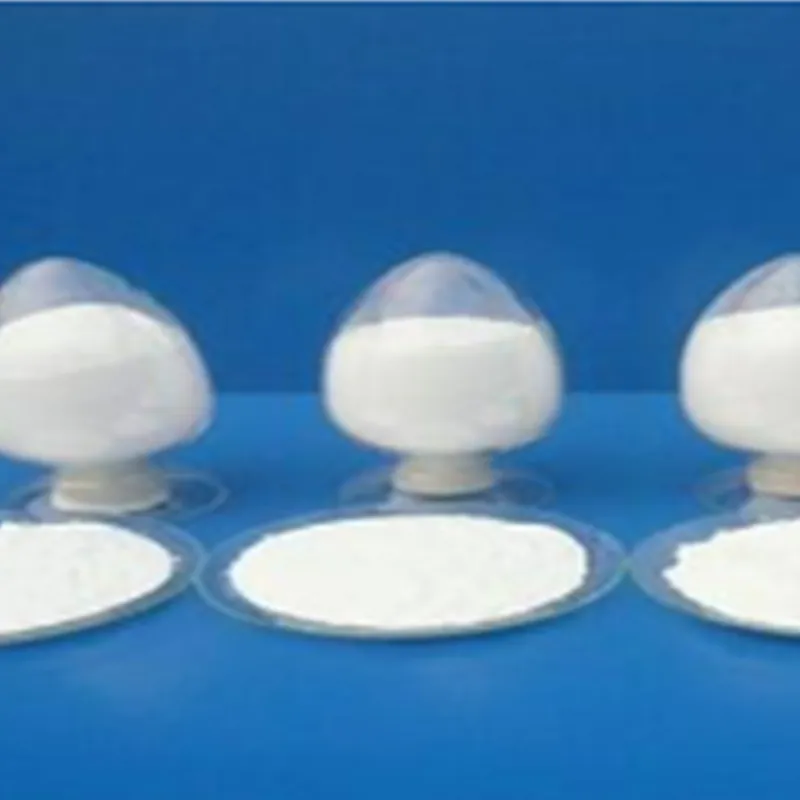
Understanding Sodium Metabisulfite Properties and Applications in Various Industries
Sodium Metabisulfite (Na2S2O5) Properties, Uses, and Safety
Introduction
Sodium metabisulfite, with the chemical formula Na2S2O5, is a versatile compound frequently utilized in various industries. As a white, crystalline powder, it is primarily recognized for its applications as a preservative, antioxidant, and reducing agent. This article delves into the properties, applications, and safety considerations related to sodium metabisulfite, shedding light on its significance in both industrial and laboratory settings.
Chemical Properties
Sodium metabisulfite is a disulfite salt formed from the combination of sodium ions and metabisulfite ions. It has a molar mass of 190.11 g/mol and is soluble in water, making it easy to incorporate into liquid formulations. When dissolved in water, it releases sulfite ions (SO3^2-), imparting its characteristic reducing properties. Sodium metabisulfite is stable under normal conditions; however, it is sensitive to moisture and should be stored in a cool, dry place.
Common Uses
1. Food Preservation One of the most well-known applications of sodium metabisulfite is in the food industry, where it acts as a preservative. It helps in preventing browning reactions in fruits and vegetables and inhibits the growth of spoilage microorganisms. It is particularly useful in dried fruits, wines, and beverages, enhancing their shelf life and maintaining quality.
2. Pharmaceuticals In the pharmaceutical sector, sodium metabisulfite serves as an antioxidant agent, preventing oxidative degradation of certain drugs. It is often included in formulations of injectable medicines, where stability and efficacy are crucial.
3. Photography The compound has found a niche in the photographic industry, where it is used in developing solutions. It helps in preserving images by reducing the formation of unwanted chemical compounds during the photographic process.
sodium metabisulfite na2s2o5

4. Water Treatment Sodium metabisulfite is employed in water treatment facilities to remove chlorine from drinking water. Chlorine is commonly used as a disinfectant, but it can have adverse effects on the taste and smell of water. Sodium metabisulfite effectively neutralizes chlorine, ensuring the quality of treated water.
5. Textiles and Leather In the textile and leather industries, sodium metabisulfite is used as a reducing agent in the dyeing and bleaching processes. Its ability to effectively remove excess dye makes it valuable in achieving desired colors and finishes.
Safety Considerations
While sodium metabisulfite is widely recognized for its utility, it is essential to handle it with care. It can cause allergic reactions in some individuals, particularly those with asthma or sulfite sensitivity. Symptoms may include respiratory issues, skin irritation, and gastrointestinal discomfort. Hence, it is crucial for workers in industries using sodium metabisulfite to wear appropriate personal protective equipment (PPE), such as gloves and masks.
In case of exposure, it is advisable to rinse the affected area with plenty of water. In the event of ingestion or severe reactions, medical attention should be sought immediately. Proper storage and labeling are also important to prevent unintentional exposure and ensure safe handling practices.
Environmental Impact
The environmental impact of sodium metabisulfite is a topic of discussion among scientists and regulators. While it is considered relatively safe in its applications, excessive use can lead to sulfite accumulation in soil and water systems, which can be harmful to aquatic life. As with any chemical, adhering to guidelines for usage and disposal is crucial to minimize environmental risks.
Conclusion
Sodium metabisulfite is an important compound with a wide range of applications across various industries. Its role as a preservative, antioxidant, and reducing agent underscores its significance in food preservation, pharmaceuticals, photography, water treatment, and textiles. However, awareness of its potential health risks and environmental implications is essential for safe and responsible usage. By following safety protocols and regulations, industries can harness the benefits of sodium metabisulfite while mitigating risks, ensuring both human and environmental health.
-
Buy High-Quality Trichloroisocyanuric Acid for Sale | TCCA 90% SupplierNewsAug.30,2025
-
Pure Sodium Dichloroisocyanurate Dihydrate | Powerful DisinfectantNewsAug.29,2025
-
Industrial Chemicals: Quality & Purity for Every IndustryNewsAug.28,2025
-
Nitrile Rubber Honoring Strict Production StandardsNewsAug.22,2025
-
Aspartame Ingredients Honoring Food Safety ValuesNewsAug.22,2025
-
Fertilizer for Balanced Plant NutritionNewsAug.22,2025
-
Cyanide Gold Processing with High Purity AdditivesNewsAug.22,2025
Hebei Tenger Chemical Technology Co., Ltd. focuses on the chemical industry and is committed to the export service of chemical raw materials.
-

view more DiethanolisopropanolamineIn the ever-growing field of chemical solutions, diethanolisopropanolamine (DEIPA) stands out as a versatile and important compound. Due to its unique chemical structure and properties, DEIPA is of interest to various industries including construction, personal care, and agriculture. -

view more TriisopropanolamineTriisopropanolamine (TIPA) alkanol amine substance, is a kind of alcohol amine compound with amino and alcohol hydroxyl, and because of its molecules contains both amino and hydroxyl. -

view more Tetramethyl Thiuram DisulfideTetramethyl thiuram disulfide, also known as TMTD, is a white to light-yellow powder with a distinct sulfur-like odor. It is soluble in organic solvents such as benzene, acetone, and ethyl acetate, making it highly versatile for use in different formulations. TMTD is known for its excellent vulcanization acceleration properties, which makes it a key ingredient in the production of rubber products. Additionally, it acts as an effective fungicide and bactericide, making it valuable in agricultural applications. Its high purity and stability ensure consistent performance, making it a preferred choice for manufacturers across various industries.





